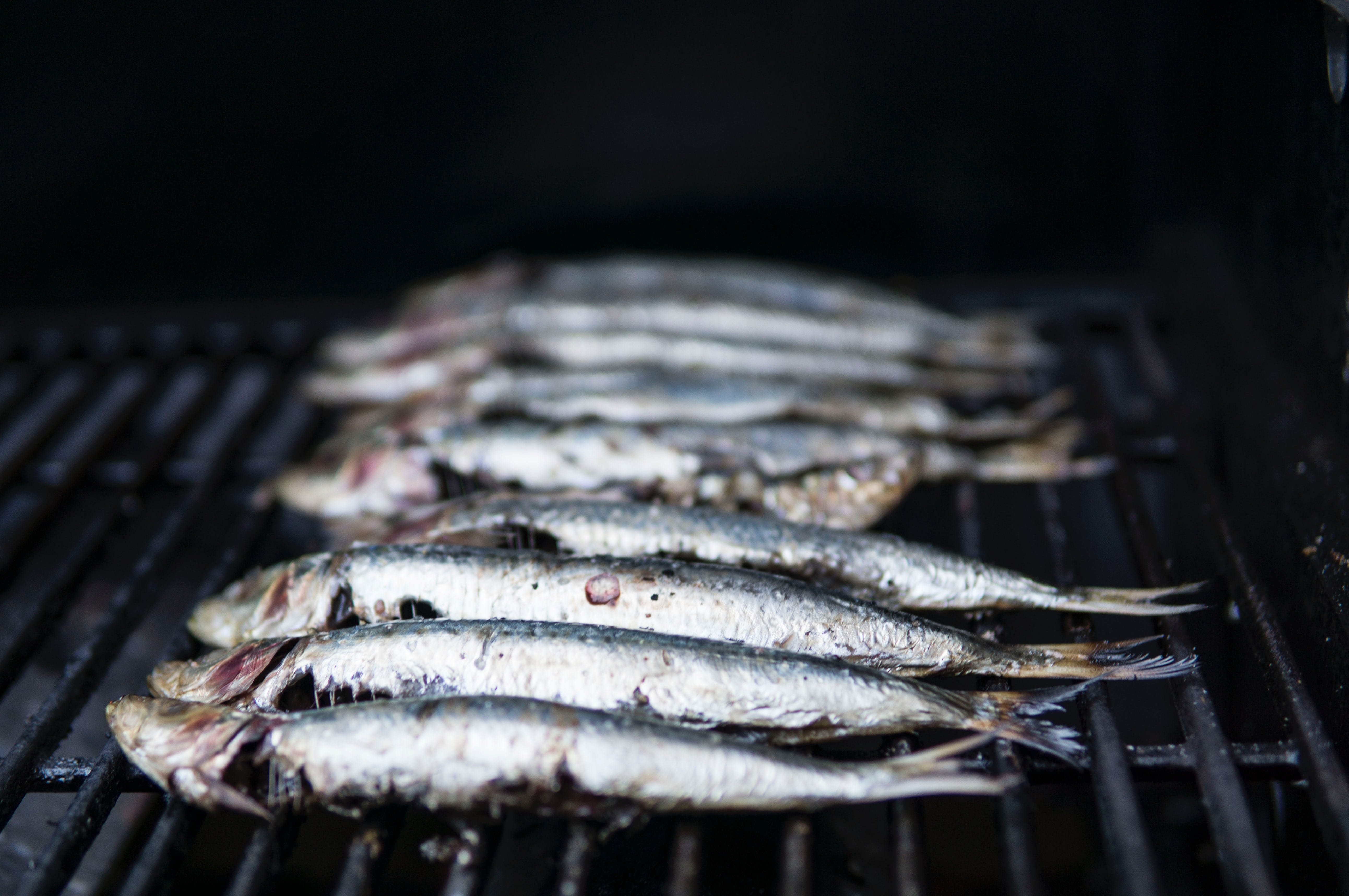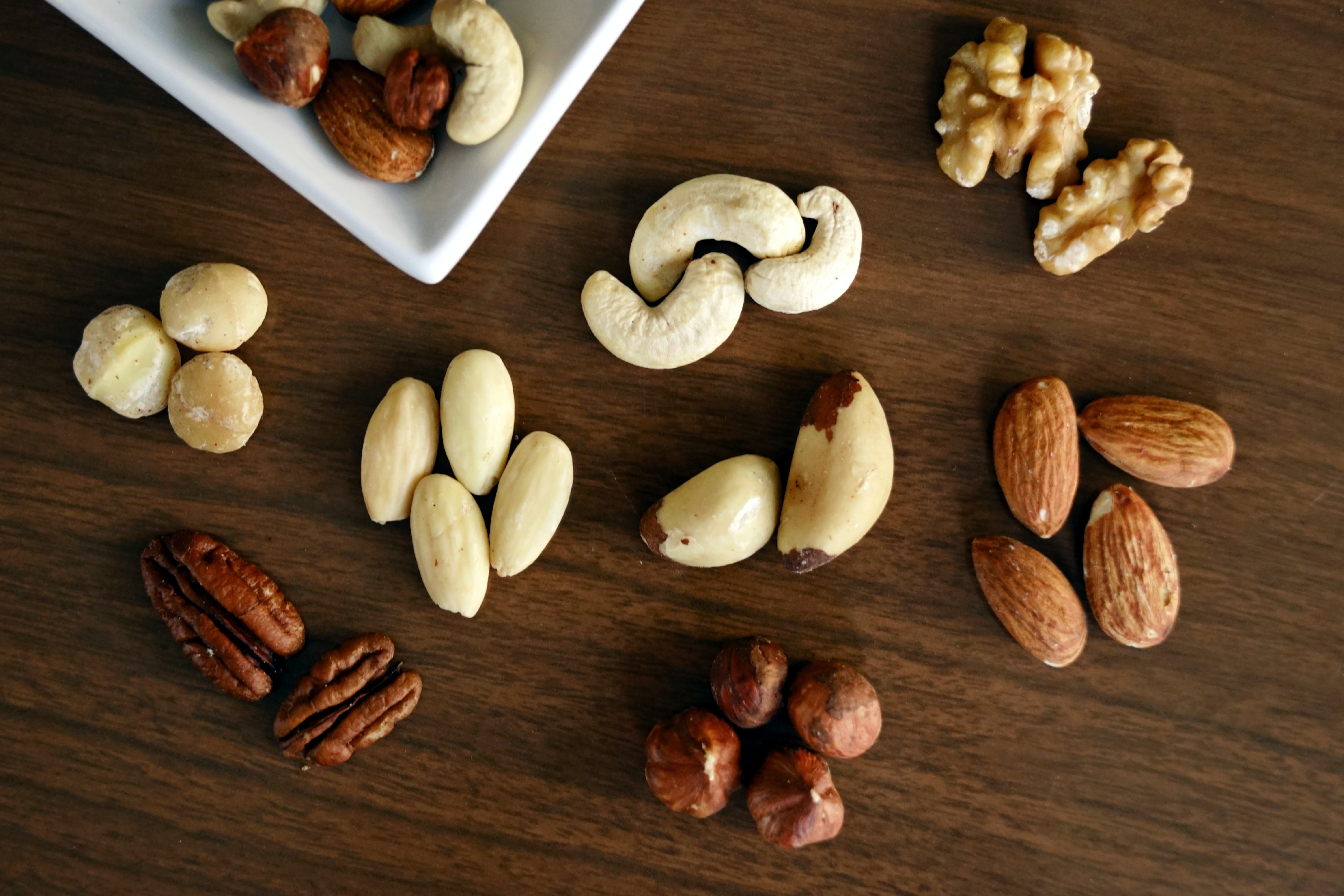/0x0:1052x1333/prod01/channel_8/media/scu-dep/news/images/2023/pexels-polina-zimmerman-3958570.jpg)
Categories
Share
Painful periods are common. More than half of people who menstruate have some pain for up to three days a month, typically throbbing or cramping in the lower abdomen.
Digestive changes – such as vomiting, gas, bloating, diarrhoea and a “bubbling gut” – are also common around the time of menstruation.
There are many treatments for period pain (known medically as dysmenorrhoea). Not all these treatments are well-tolerated or work for everyone.
We’re learning more about food’s role in influencing inflammation in our body. So, could eating or avoiding certain foods help with painful periods? Here’s what we know based on high-quality research.
Foods that may relieve period pain or cramps
Foods containing omega-3 fatty acids
Foods rich in omega-3 fatty acids include chia seeds, walnuts, flaxseeds, salmon, herring, sardines, mackerel, oysters and edamame beans. Omega-3 fatty acids are naturally present in oils including fish, cod liver, algal, krill, flaxseed (linseed), soybean and canola oils.
Omega-3 fatty acids affect how our cells function and the signalling pathways associated with inflammation and pain.
Earlier this year, researchers published a meta-analysis where they combined and analysed all data available on the impact of omega-3 fatty acids on period pain. They found diets high in omega-3 fatty acids (including supplements of 300-1,800 milligrams a day) over two to three months may reduce pain, and pain medication use, in people with painful periods.

Foods high in vitamin D
Foods high in vitamin D include trout, salmon, tuna and mackerel, as well as fish liver oils. Small amounts are also found in beef liver, egg yolk and cheese. Mushrooms contain varying levels of vitamin D, and you can boost this by exposing them to direct midday sunlight for 15-120 minutes.
The body can make vitamin D when it gets sunlight exposure and you can also get vitamin D from supplements.
Vitamin D may help reduce the factors that cause inflammation in the uterus. This includes levels of hormone-like molecules called prostaglandins.
A 2023 meta-analysis showed women who received weekly doses of vitamin D greater than 50,000 IU (or international units) had relief from period pain, regardless of how long and how often women took the vitamin.
Foods high in vitamin E
Foods rich in vitamin E include seeds (particularly sunflower seeds), nuts (particularly almonds, hazelnuts and peanuts) and spinach, broccoli, kiwifruit, mango and tomato.
There is some evidence vitamin E supplements reduce period pain. In a well-conducted trial run over the course of four periods, women took vitamin E supplements (90 milligrams, twice a day) for five days, beginning two days before the expected start of the period. This significantly reduced the severity and duration of period pain.

Foods that may worsen period pain or cramps
Highly processed foods
Highly processed foods include energy-dense, nutrient-poor foods such as takeaways, chips, biscuits, doughnuts, processed meats and soft drinks.
Research findings on the impact of a diet high in processed foods on period pain vary. A 2022 review found sugar consumption had little association with painful periods.
However, some observational studies (which do not involve an intervention) suggest women who eat more processed foods may have more intense period pain. For example, a 2009 study found adolescent females who ate fast or processed foods for two days or more a week reported more period pain compared with those who did not. Therefore, eating less processed food may be something to consider.
Caffeine
Foods high in caffeine include coffee, energy drinks and some processed energy bars. Caffeine intake is associated with menstrual pain.
Although we don’t know the precise underlying mechanism, researchers think caffeine may narrow blood vessels, which limits blood flow, leading to stronger cramps.
Alcohol
Drinking alcohol is not a recognised risk factor for painful periods. However, chronic heavy alcohol use reduces levels of magnesium in the blood. Magnesium is an important factor in relaxing muscles and supporting blood flow.
A healthy, balanced diet is your best best
Having a healthy, balanced diet is one of the best ways we can support our own health and prevent future chronic conditions. This can help reduce inflammation in our bodies, thought to be the main way diet can help people with painful periods.
If you are looking for tailored dietary advice or a menstrual health meal plan, speak with an accredited practising dietitian.
It’s important to stress, however, that diet alone cannot treat all forms of menstrual pain. So if you are concerned about your painful periods, check in with your GP who can discuss your options.![]()
Lauren Ball, Professor of Community Health and Wellbeing, The University of Queensland; Emily Burch, Lecturer, Southern Cross University, and Pui Ting Wong, PhD Candidate, diet and adolescent mental health, The University of Queensland
This article is republished from The Conversation under a Creative Commons license. Read the original article.
Media contact
Sharlene King, Media Office at Southern Cross University +61 429 661 349 or scumedia@scu.edu.au

/prod01/channel_8/media/scu-dep/current-students/images/Coffs-harbour_student-group_20220616_33.jpg)
/prod01/channel_8/media/scu-dep/current-students/services/counselling/images/RS21533_English-College-Student_20191210_DSC_6961.jpg)
/prod01/channel_8/media/scu-dep/study/scholarships/images/STEPHANIE-PORTO-108-2.jpg)
/prod01/channel_8/media/scu-dep/study/arts-and-humanities/images/RS20958_Chin-Yung-Pang-Andy_20190309__79I5562-960X540.jpg)
/prod01/channel_8/media/scu-dep/experience/images/SCU-INTNL-STUDY-GUIDE-280422-256.jpg)
/prod01/channel_8/media/dep-site-assets/component-library/screenshots/online-1X1.jpg)